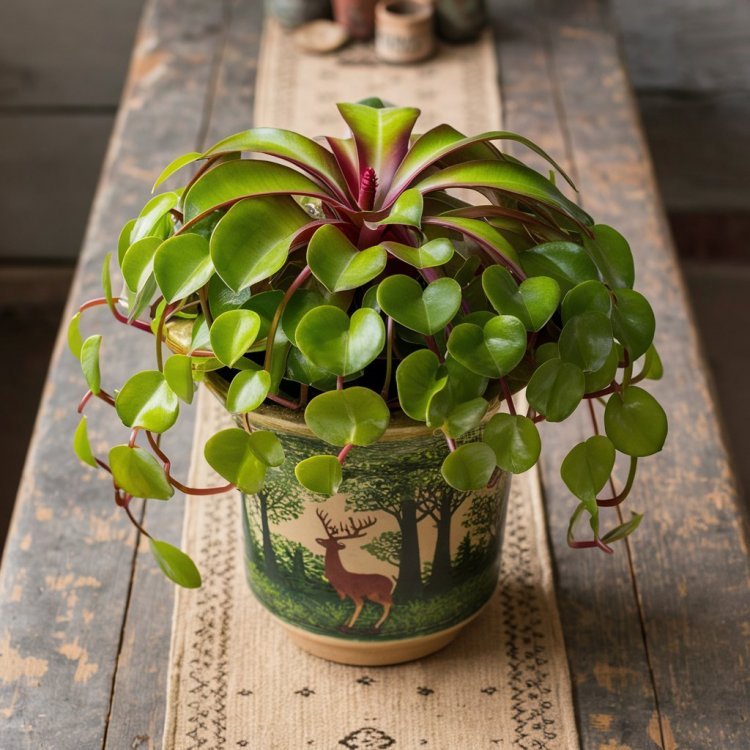How to Grow and Care for Umbrella Plants: A Comprehensive Guide
Learn how to grow and care for Schefflera umbrella plants, including lighting, watering, temperature, humidity, fertilizing, pruning, and propagation tips, as well as common problems to watch out for.

Umbrella plants (Schefflera spp.) are popular houseplants known for their elegant, umbrella-shaped leaves and low-maintenance requirements. With proper care, these plants can thrive in indoor environments and add a touch of tropical beauty to any room. In this article, we'll explore the key factors to consider when growing and caring for umbrella plants.
Lighting Requirements for Umbrella Plants
Umbrella plants prefer indirect, filtered light, making them ideal for rooms with bright, indirect sunlight. While they can tolerate some direct sunlight, it's essential to avoid direct sunlight, which can cause scorching and discoloration. East- or west-facing windows are perfect for umbrella plants, providing the right amount of light for healthy growth.
Watering Tips for Healthy Umbrella Plants
Umbrella plants require consistent moisture, but overwatering can be detrimental. Keep the soil moist but not soggy, and water only when the top soil feels dry to the touch. Avoid getting water on the leaves or crown, as this can lead to root rot and other problems.
Temperature and Humidity Requirements
Umbrella plants thrive in temperatures between 55-75°F (13-24°C), with an ideal temperature range of 65-70°F (18-21°C). Avoid placing your plant in areas with temperatures below 60°F (15°C), as this can cause stress and damage. Average humidity is fine, but misting the leaves occasionally can help maintain optimal humidity levels (around 40%).
Fertilizing Your Umbrella Plant
Feed your umbrella plant with a standard plant fertilizer once a month. No need for regular fertilization, as this can cause more harm than good. A balanced, water-soluble fertilizer will provide the necessary nutrients for healthy growth and development.
Pruning and Propagation Techniques
Prune your umbrella plant to maintain the desired shape and size. You can also prune back leggy stems to encourage bushier growth. For propagation, use stem cuttings with rooting hormone and place them in bright, indirect light. Keep the soil warm and moist until roots develop.
Common Problems and Pests to Watch Out For
Umbrella plants can be toxic to pets, so keep them out of reach. Common problems include fungal leaf spots, bacterial leaf spots, root rot, and pests like spider mites. Regularly inspect your plant for signs of pests or disease, and take action promptly to prevent spreading.
Conclusion
Umbrella plants are low-maintenance and easy to care for, making them perfect for indoor spaces. By following these guidelines, you'll be able to provide the ideal conditions for your umbrella plant to thrive. Remember to prune and propagate regularly, and keep an eye out for common problems and pests. With proper care, your umbrella plant will bring beauty and elegance to your home for years to come.
What's Your Reaction?




















